|
In the last post about the Welsh Wool Museum I showed you photos of all the industrial machinery that was bought in during the industrial revolution to increase cloth production. However, the museum also has a collection of older machinery, the hand powered spinning wheels and looms. These are by no means ancient artefacts, after all, the industrial revolution is only 250 years ago, roughly as old as the cottage we live in. When you go upstairs, this is the first thing to meet you. a very ancient loom, obviously in working order, though something has happened to the tension since the last time a weaver sat down to use it, the warp was rather baggy! It wasn't until you took a step back that you realised the entire thing was supported by being fastened to the celling! I was also utterly enchanted by this old shuttle. In design it's no different to the ones I use now, but was obviously a favourite as one end has been repaired with some sort of filler when it must have started snagging on the warp as it got worn. They also have a collection of old wheels, 2 very lovely Great wheels, and a more modern (!) treadle wheel. I'd always presumed that the quills on great wheels would have been made of metal, but both examples here were wooden. Incidentally, this (or wool combing) is where the Sleeping Beauty Myth comes from. On a modern flyer wheel it's impossible to see how she could have pricked her finger, but on a great wheel that was in regular use the quill would have got sharp as the thread jumped off the end when you added twist. This is slightly more industrial, but still rather charming. This wasn't used to card wool to prepare it for spinning (teasels aren't strong enough for that), instead it was used to raise the nap on the woven cloth, particularly welsh flannel. Replacing the teasels was an expert job, and they were specially grown for this purpose.
What was really lovely is that we happened to time our visit for one of the demonstration days by the Ceredigion Guild of Weavers, Spinners and Dyers, so it's nice to know that visitors are being shown how the spinning wheels work, and that the craft of handspinning is alive and well. Last week, I took a day off to head towards south Wales, a friend needed a chauffeur, and what's the point in being self employed if you can't take a day off mid week. I spent the morning reminding myself of civilisation, doing things like drinking coffee, and eating cake, and food shopping in Marks and Spencer. For lunch, we called in at the National Welsh Wool Museum. Wool was a vital part of the Welsh economy, sheep were, and still are just about the only thing that do well in many of the hills of Wales. There used to be Woollen Mills all over the country, very few are still functional. A sign of the rise of petrochemicals, and the increase in labour costs making it un-economical for them to be run as profitable businesses. Inside an old mill building there's a treasure trove of old machines, most of which still work, that are set up to show people how the wool is processed from start to finish. We timed our arrival with a coach full of American tourists, so got to see many of the machines working. (Many of the processing machines are fenced off to prevent damage to visitors, so there are a few lines on some of the photos) The closest thing to this machine in hand spinning speak is a picker, very sharp metal teeth tease open the locks, preparing them for carding. Sort of like you do with a flicker when preparing to put a fleece through a drum carder. You can see the sharp teeth on this photo. The wool used is a mixture of Welsh lambs wool, and merino. It's now washed elsewhere, as far as I'm aware there's only one place where wool is commercially scoured on a large basis left in the UK. It's very, very clean by the time it goes through the machines, all the lanolin has been removed, as it would gunk up the carding machines. If oil is necessary to help with the spinning it's adding back in once the fibre has been processed. Next the wool is carded, as you can see there are multiple rotating drums, that pass the fibre from one to another, so it will only need one pass through the machine. Then the wool is taken off the drums as a sliver, and fed on to another machine which starts the process of drafting it out and making it ready for spinning. It comes off the machine in little cakes of pencil roving. Over in Iceland, the famous Lopapeysa sweaters are made by knitting with the fibre just as it is, before any further spinning is done. After that the cakes go upstairs and are mounted on the spinning frames. These frames move backwards on the rails you can see on the floor, each little blue blob is a shuttle, it rotates, adding twist to the drafted out fibre, and then as the machine rolls back to the starting point the spun yarn is wound on to the shuttle. It's all very similar to a traditional longdraw you do on your spinning wheel, except of course, much faster, and one machine produces far more than a handspinner could ever spin. It's no wonder that clothes ceased being luxury items at the time of the industrial revolution.
The museum also has collections of older spinning and weaving equipment, so I shall do part 2 and probably 3 sometime soon... I had my new camera with me and wanted to put it through it's paces! The early morning sunrise, mist in the valley bottom. Spiders webs glistening with dew. Blackberries Last swims before the water chills. Dappled shade beneath the trees.
I am all too aware that it has been far too long since I shared any photos of this years baby chickens. They really aren't babies any longer... This photo just sums them up. Curious, and interested in everything, particularly if it might provide food. Preferably in the form of cake. In a fashion typical of teenagers everywere they'd much rather exist on a diet of junk food. I also love this photo as it shows off Big Bird's eyes. He has deep molten eyes, very un-chicken like, they're utterly beautiful. Of course when you see him like this all of sudden he's not so beautiful and looks so very like a miniature dinosaur. Stick on 2 mini arms and you have a perfect T-Rex lookalike. I'm also in love with his little inidan head-dress of mini feathers poking straight up! Of couse in his head he is big tough cockerel and is having none of this looking cute! Speaking of cockerels. This is Boyo, my oldest lad, alas, he's now been usurped by the younger model, and is having to hang around with the babies. All the girls seem to prefer Froome's surfer boy highlights and muscular physique. We're in mid-chicken moult right now, the shed looks like an explosion in a feather pillow factory, and it's really interesting to see hwo much the chocolate colour of Froome and Wiggo has been bleached by the sun. The dark colour on his chest is fresh feathers, you can see the pale patches where the old feathers remain. Over the next few weeks he'll loose the pale ones and go back to being chocolate coloured again. This feather shows the bleaching perfectly, in the middle part it was tucked under another feather, with just the ends exposed to the sunlight. The sun is so incredibly powerful a bleaching agent, though of course it's not going to be with us for much longer. Chickens moulting is just another one of the signs that summer really is over.
|
Archives
January 2024
Categories
All
|
Hilltop CloudHilltop Cloud- Spin Different
Beautiful fibre you'll love to work with. Established 2011 VAT Reg- 209 4066 19 Dugoed Bach, Mallwyd, Machynlleth,
Powys, SY20 9HR |

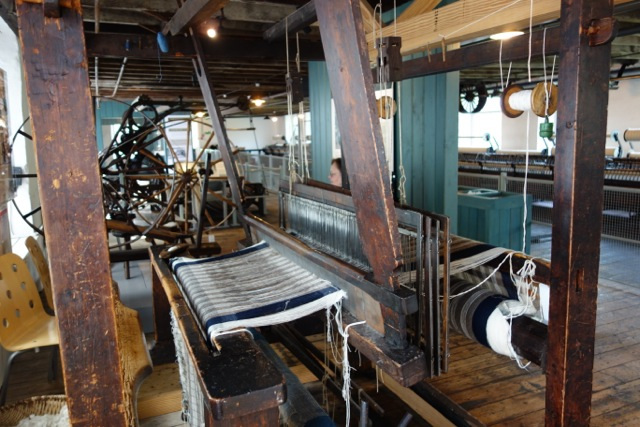
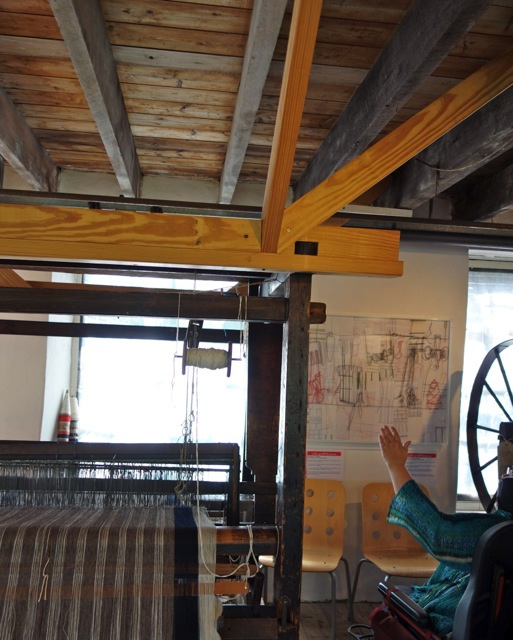
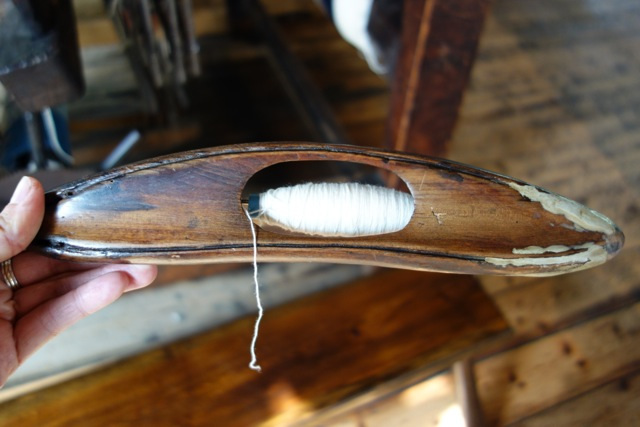
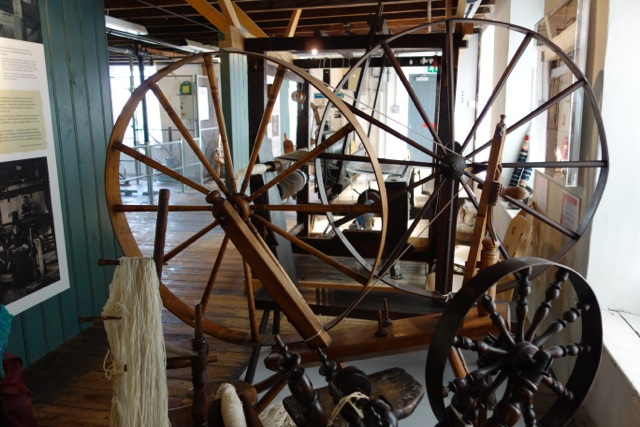
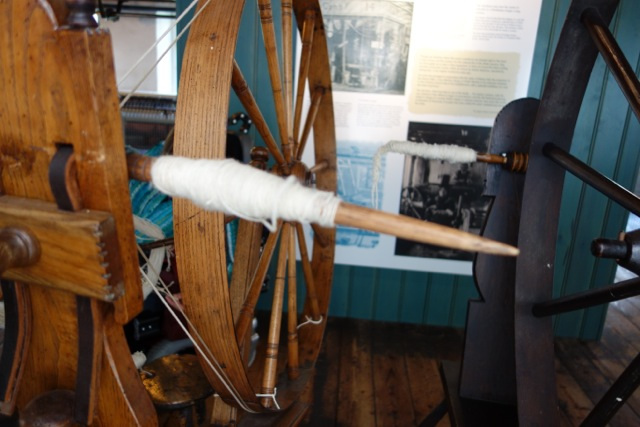
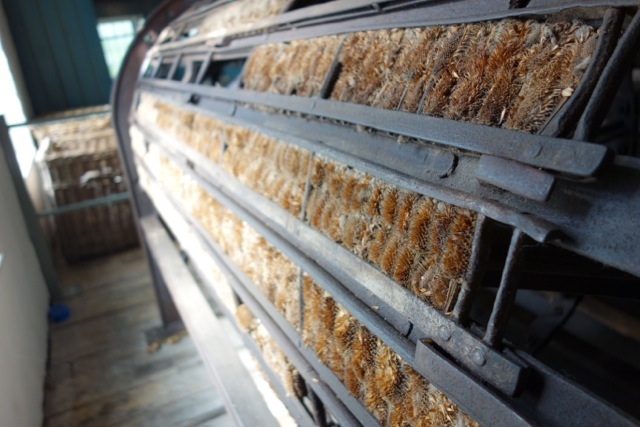
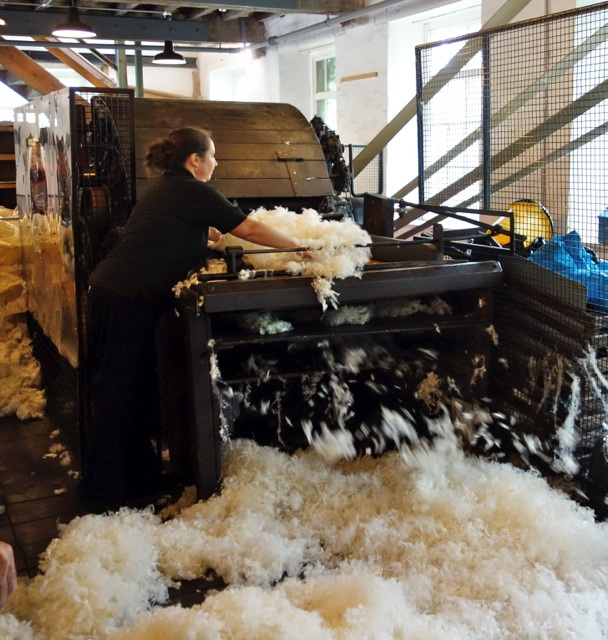
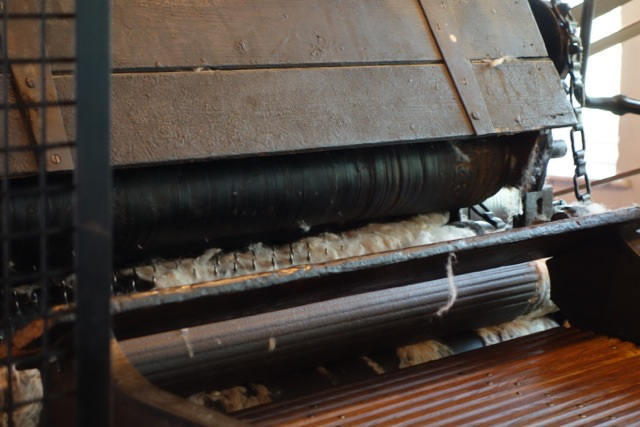
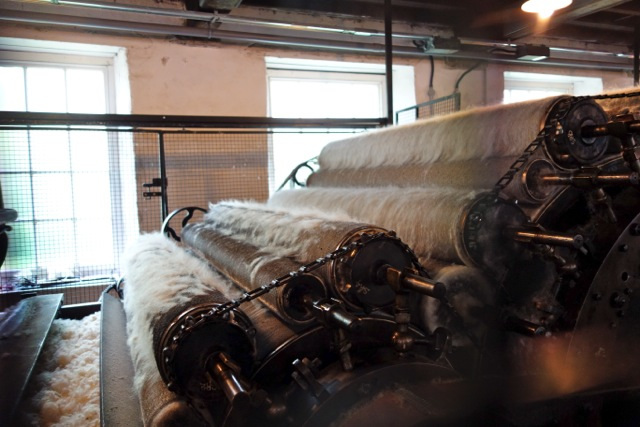
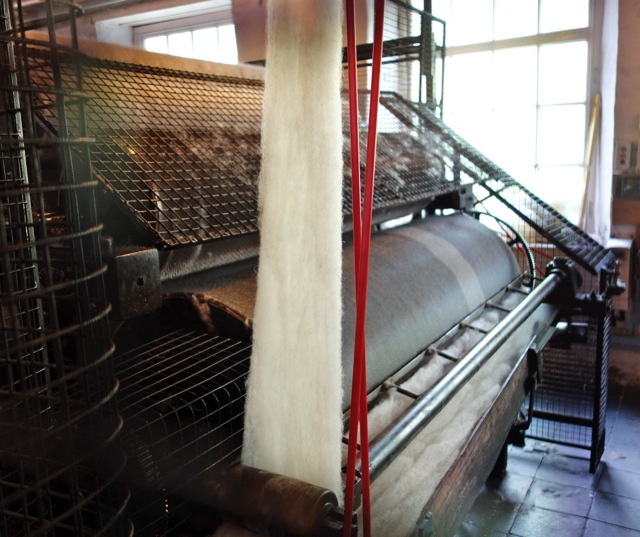

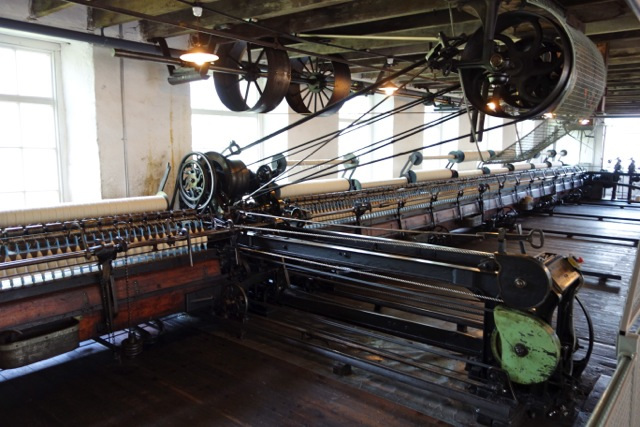

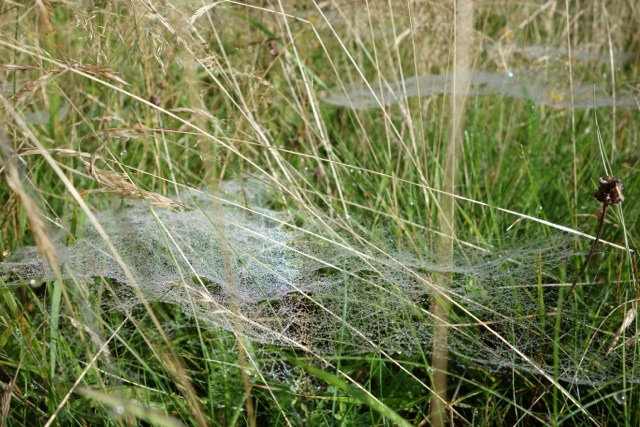
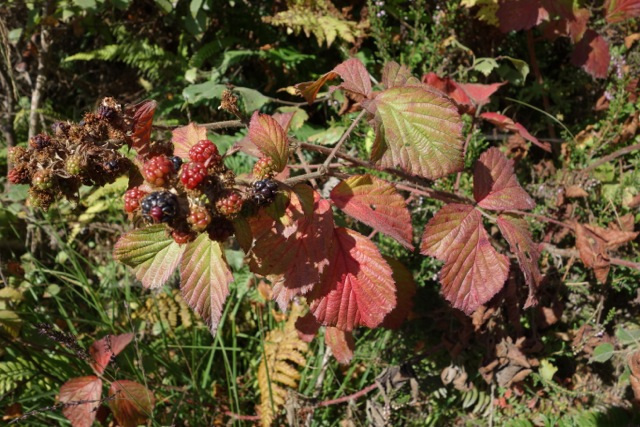
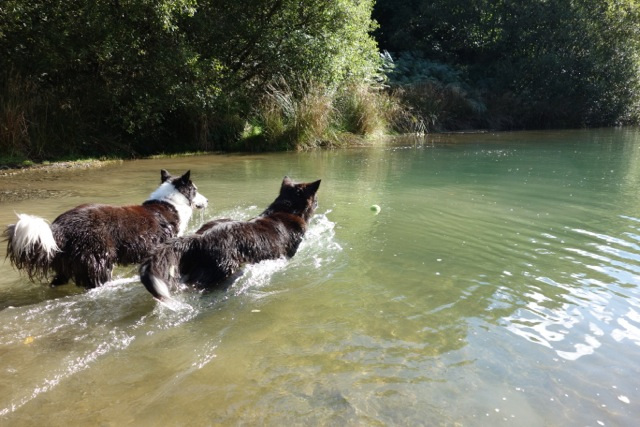
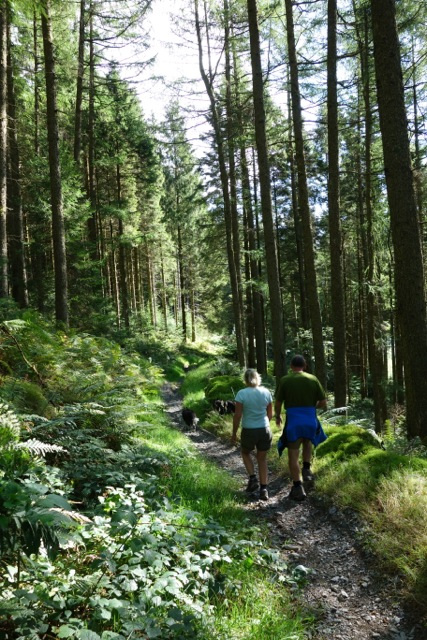
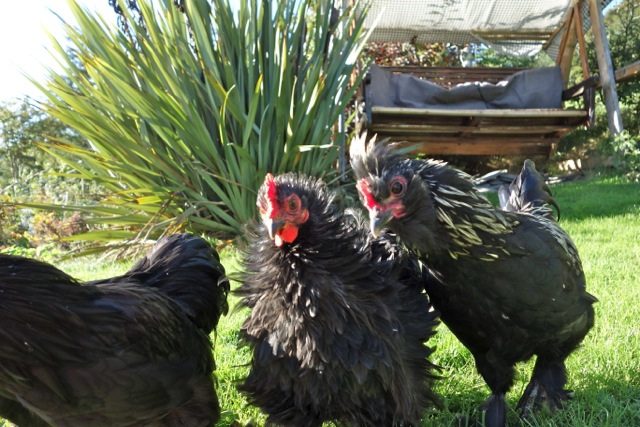
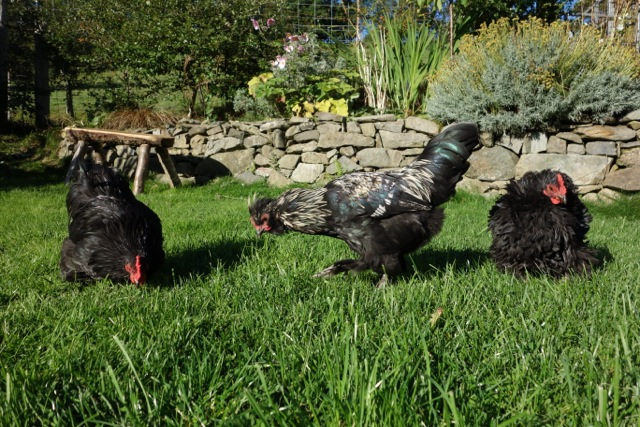
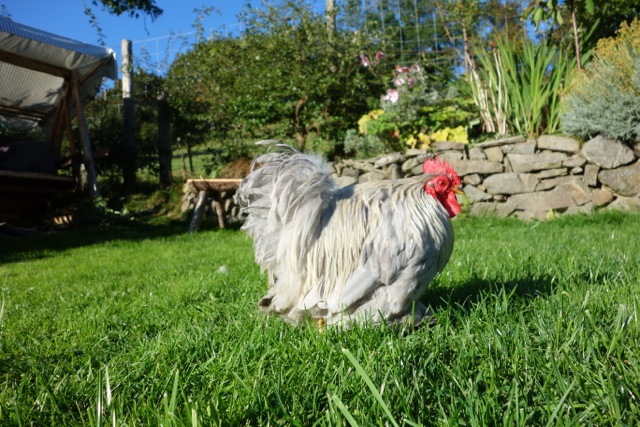
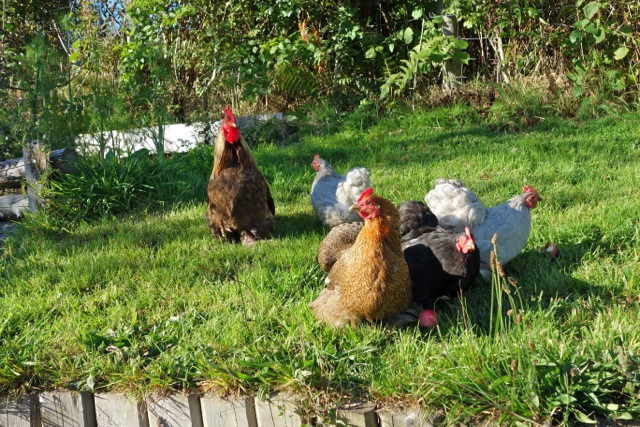
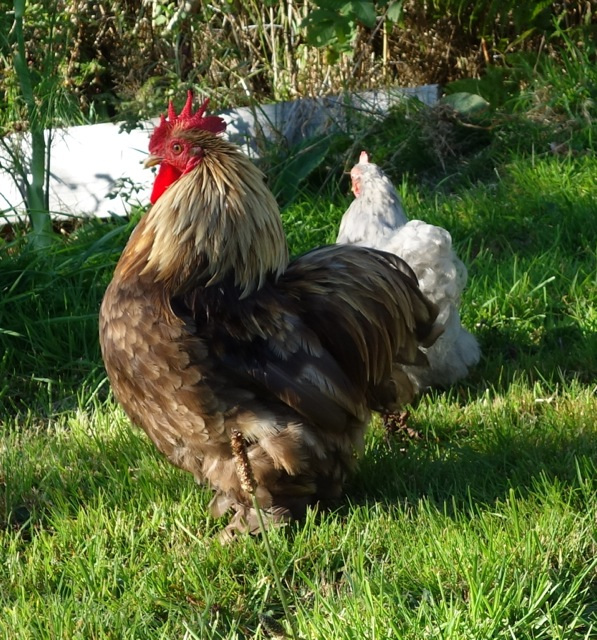
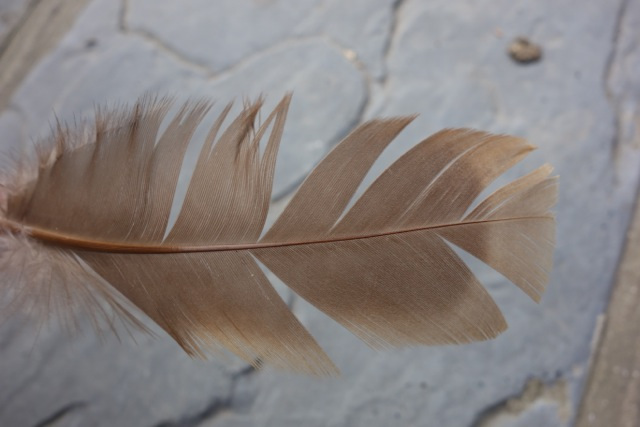
 RSS Feed
RSS Feed


